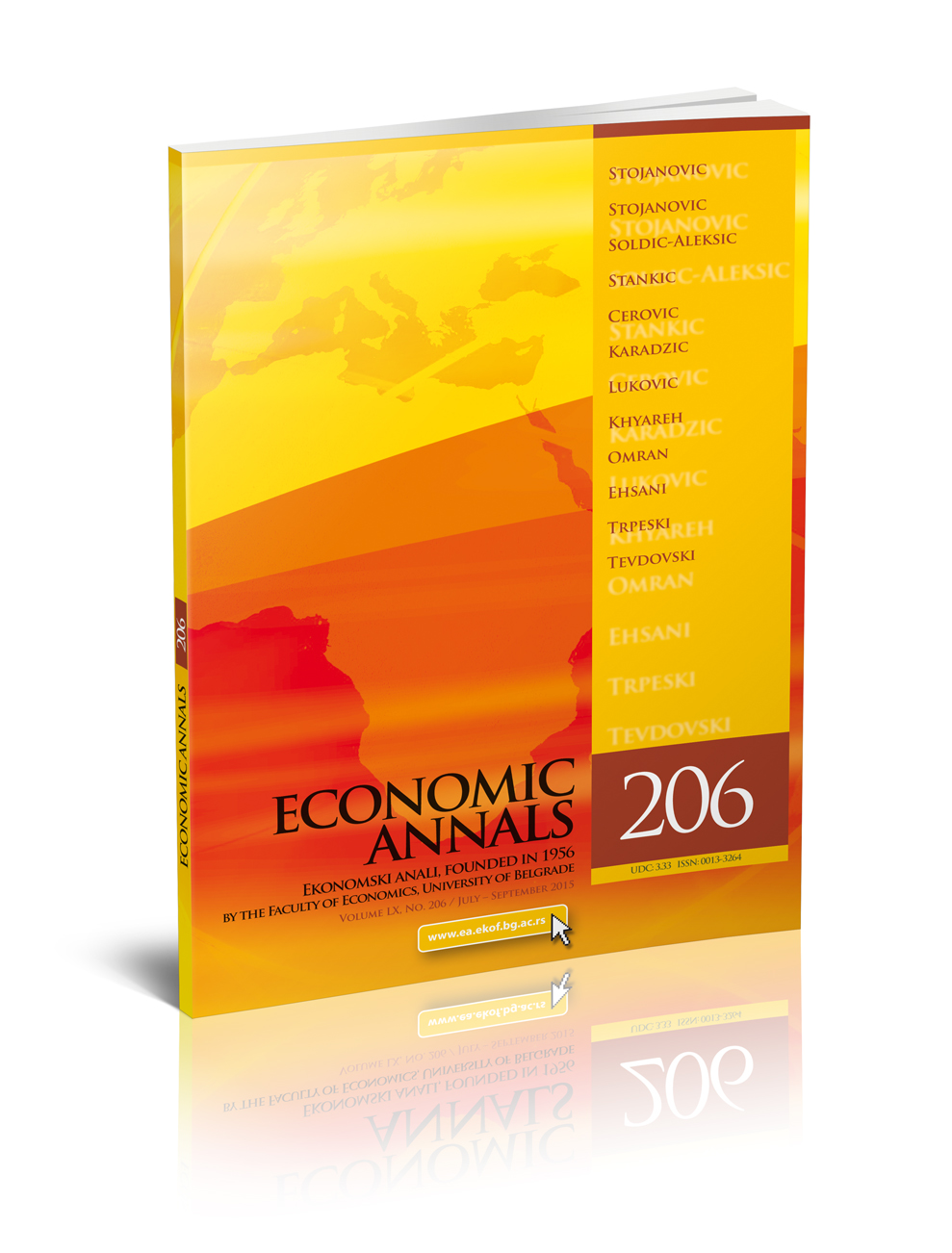EVALUATING THE WELFARE ASPECTS OF THE SIMPLE MONETARY RULES FOR IRAN
##plugins.themes.bootstrap3.article.main##
##plugins.themes.bootstrap3.article.sidebar##
Mohsen Mohammadi Khyareh
Vahid Taghinejad Omran
Mohammad Ali Ehsani
Vahid Taghinejad Omran
Mohammad Ali Ehsani
Abstract
This paper following a monetary growth rate rule aims to compare the properties of different monetary policy rules in Iran. In that regards, the paper draws on the New Keynesian Dynamic Stochastic General Equilibrium (DSGE) models. Within this framework, we rank the different policy rules based on the Impulse response Functions, the volatility of key macroeconomic variables and the welfare loss function. The paper concludes that the effects of alternative monetary rules depend on what shocks affect the economy, the exchange rate regime, and the choice of inflation index. When the economy experiences productivity shocks, domestic inflation targeting is welfare-superior to other monetary rules. However, in the case of other shocks except productivity shock a managed exchange rate is the best policy rule. Finally, the results of welfare loss of alternative monetary policy rules allowed noticing the nature of the shocks affecting the economy dictate the implication and choice of the best monetary policy rule.
##plugins.themes.bootstrap3.article.details##
Keywords
Welfare Loss, simple monetary rules, Small open economy
JEL Classification
F41, E52, E58
Issue
Section
Articles
How to Cite
Mohammadi Khyareh, M., Taghinejad Omran, V., & Ali Ehsani, M. (2015). EVALUATING THE WELFARE ASPECTS OF THE SIMPLE MONETARY RULES FOR IRAN. Economic Annals, 60(206), 141-166. https://doi.org/10.2298/EKA1506141K
How to Cite
Mohammadi Khyareh, M., Taghinejad Omran, V., & Ali Ehsani, M. (2015). EVALUATING THE WELFARE ASPECTS OF THE SIMPLE MONETARY RULES FOR IRAN. Economic Annals, 60(206), 141-166. https://doi.org/10.2298/EKA1506141K

